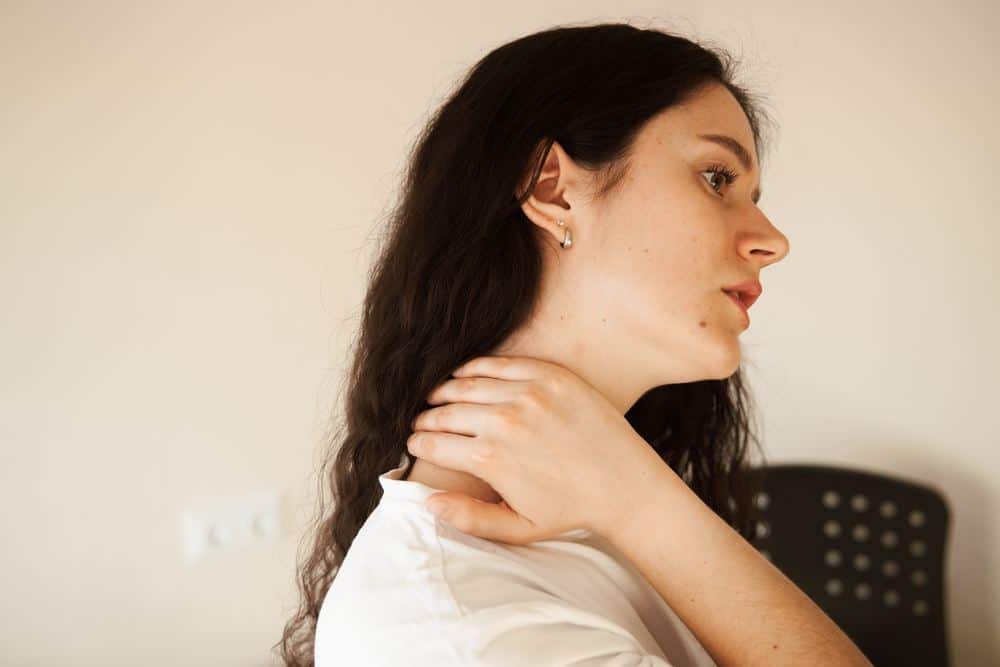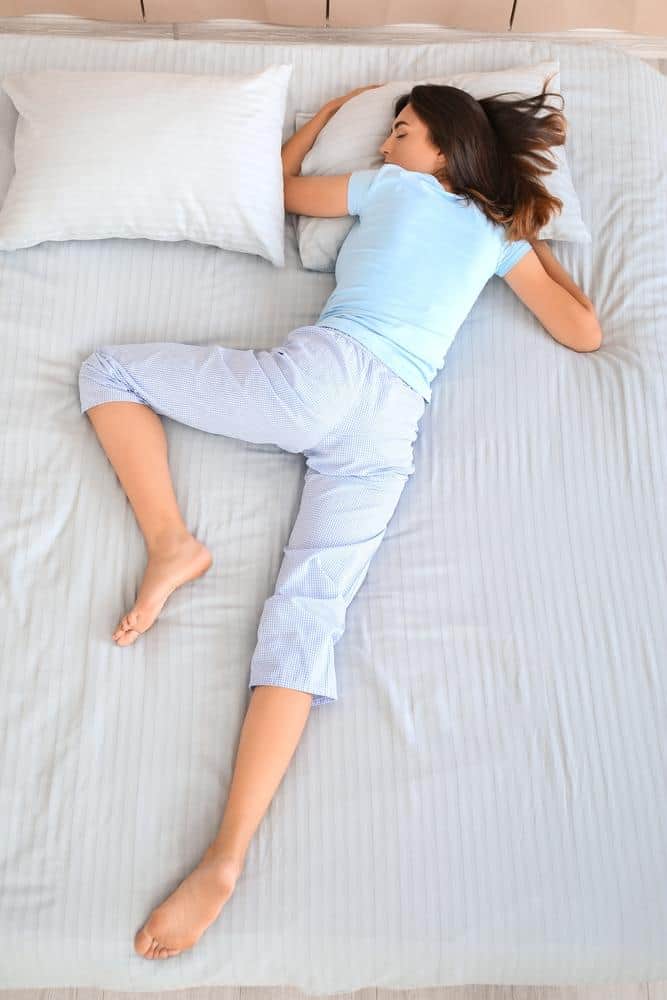Cervical spinal stenosis is a condition characterized by the narrowing of the spinal canal in the neck, which can lead to compression of the spinal cord and nerves. To effectively manage this condition, you will want to work closely with your trusted healthcare professionals to alleviate symptoms, improve mobility, and maintain a good quality of life. Treatment plans may involve a combination of medication, physical therapy, exercise, and in some cases, surgical intervention. You will also want to consider a variety of things to avoid with cervical stenosis. By adopting a proactive and holistic approach, individuals with cervical spinal stenosis can successfully navigate the challenges posed by this condition and experience improved functionality and well-being.
What Is Cervical Spinal Stenosis?
Cervical spinal stenosis is a condition characterized by the narrowing of the spinal canal in the neck, specifically in the cervical spine. The spinal canal houses the spinal cord and nerve roots, but when it becomes narrowed, it can result in the compression of these structures. This narrowing can occur for a number of reasons, including the growth of bone spurs, herniated discs, thickening of ligaments, or degenerative changes that occur with aging. The compression of the spinal cord and nerves can lead to a range of symptoms, including neck pain, numbness, tingling, weakness, and difficulties with coordination and balance. Prompt diagnosis and appropriate management are crucial for minimizing symptoms and preserving healthy functioning if you are dealing with cervical spinal stenosis.
What Causes Cervical Stenosis to Flare Up?

Cervical spinal stenosis can flare up or worsen due to a variety of factors. The most common causes of flare-ups include the following.
Degenerative Changes
As we age, the structures in the spine, including spinal discs and joints, naturally undergo wear and tear. This degeneration can lead to the narrowing of the spinal canal and cause symptoms to get worse.
Bone Spurs
Bone spurs, also known as osteophytes, are bony growths that can develop in response to degenerative changes in the spine. These bone spurs can encroach upon the spinal canal and contribute to the narrowing and subsequent flare-up of symptoms.
Herniated Discs
A herniated disc can occur when the soft inner portion of a spinal disc protrudes through its tough outer layer. The inner part of the spinal disc can compress the spinal cord or nearby nerves, leading to an increase of symptoms.
Spinal Injuries
Any injury or trauma to the cervical spine can lead to swelling, inflammation, and additional pressure on the spinal cord and nerves, triggering an increase in spinal stenosis symptoms.
Poor Posture
Prolonged poor posture, such as slouching or straining the neck, can exacerbate cervical spinal stenosis symptoms. Additionally, repetitive or excessive use of your neck muscles and joints can contribute to inflammation and aggravated symptoms.
7 Activities That Can Make Cervical Spinal Stenosis

Engaging in certain activities can exacerbate symptoms and even make your cervical spinal stenosis worse. Here are some activities that may contribute to worsening symptoms.
Poor Posture
Slouching or using improper posture can place additional stress and strain on the cervical spine, leading to increased compression and discomfort. Maintaining good posture and ergonomics while sitting, standing, and engaging in activities is crucial for spine health.
Prolonged Sitting or Standing
Maintaining the same position for an extended period, like sitting at a desk or standing on your feet for hours, can increase pressure on the spine and aggravate symptoms. It’s important to take regular breaks and change positions to avoid excessive stress on the neck.
Repetitive Neck Movements
Activities that involve repetitive or excessive neck movements, such as looking up or down for extended periods, can contribute to an increase in symptoms. It’s advisable to take breaks and perform gentle neck stretches or exercises to alleviate stress on the cervical spine.
High-Impact Activities
Participating in high-impact sports or activities that involve jarring motions, such as contact sports or activities with rapid head movements, can increase the risk of spinal cord or nerve compression. It’s important to consider low-impact alternatives or modify certain activities to minimize neck strain.
Heavy Lifting
Lifting heavy objects improperly can strain your neck and worsen symptoms. It’s advisable to use proper lifting techniques, such as bending the knees and keeping your back straight or seeking assistance when handling heavy loads.
Sleeping Positions
Sleeping in positions that strain the neck, such as sleeping on your stomach or with inadequate neck support, can also worsen symptoms. It’s recommended that you sleep on a supportive mattress and use a pillow that maintains the natural curve of the neck.
Excessive Device Usage
Frequently looking down at smartphones, tablets, or other devices can also strain the neck and exacerbate symptoms. Limiting screen time and practicing proper ergonomics, such as holding devices at eye level, can help alleviate stress on the cervical spine.
It’s crucial to listen to your body and avoid activities that consistently worsen your cervical spinal stenosis symptoms. Consulting with a healthcare professional or chiropractor can provide personalized guidance on modifying activities and adopting strategies to manage your cervical spinal stenosis effectively.
How Chiropractic Can Prevent Spinal Stenosis from Getting Worse
While it may not be possible to completely prevent the progression of spinal stenosis, there are steps you can take to potentially slow down its progression and minimize symptoms. Chiropractic care can offer a wide variety of benefits for people of all ages and health conditions, including cervical spinal stenosis. Chiropractic care focuses on the diagnosis and treatment of musculoskeletal disorders, which includes spinal conditions like cervical spinal stenosis.
Chiropractic adjustments aim to restore proper alignment and mobility of the spine, which may help alleviate symptoms associated with cervical spinal stenosis. These chiropractic adjustments involve controlled, manual manipulation of the spine to reduce pressure on the affected nerves and improve overall spinal function. Chiropractors may also utilize spinal decompression for spinal stenosis, a therapeutic technique that aims to relieve pressure on the spinal nerves and reduce symptoms of spinal stenosis. The goal of spinal decompression is to create more space within the spinal canal, alleviating the compression on the affected nerves.
Schedule a spinal decompression in Austin with Pro-Care Medical Centers. Our team of primary care doctors and chiropractors provides comprehensive treatment and care for a wide variety of health conditions. Visit us online to learn more about our spinal decompression services and how you can take proactive steps to prevent the worsening of cervical spinal stenosis.



